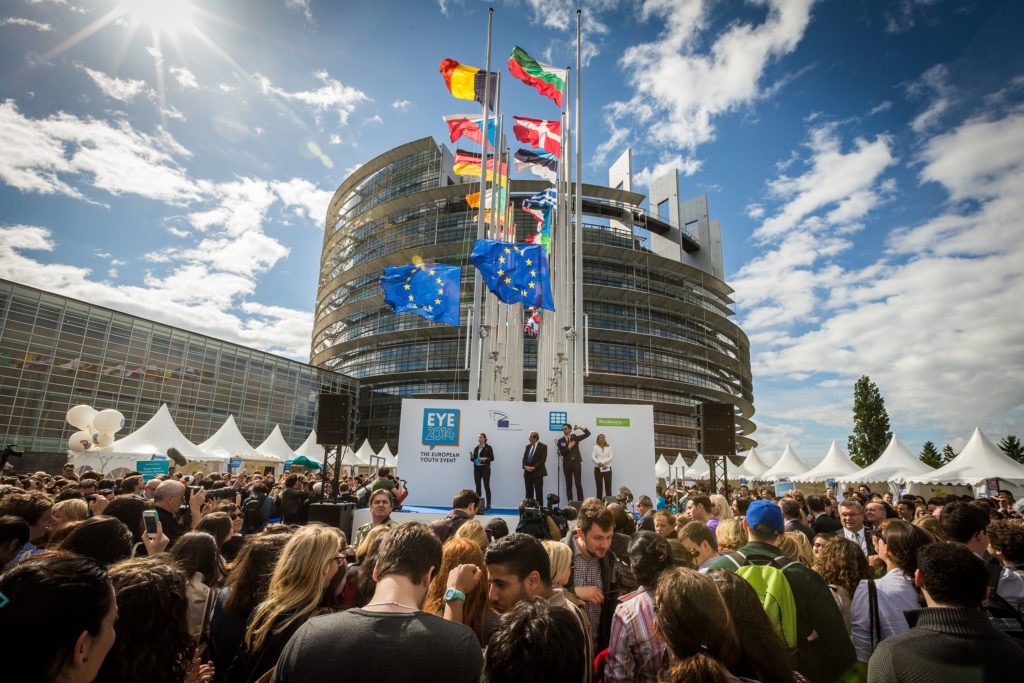The results of the consultation regarding the use of nitrogen for the protection of cultural heritage push ICOM and ICOMOS efforts onto the next step.
Since March 2019, ICOM and ICOMOS have been demanding the repeal of the EU Regulation No. 528/2012 banning the use of in-situ generated nitrogen (N2).
The displacement of atmospheric oxygen has proven to be a versatile and environmentally friendly method for disinfection and disinfestation of cultural heritage objects. The anoxic treatment is among the most compatible practices with many materials. Its prohibition carries significant consequences for the heritage sector and is also economically damaging the market of European stakeholders in the Integrated Pest Management (IPM) business.

The European Chemicals Agency (ECHA) and the European Commission launched an open consultation in December 2019, inviting interested parties to provide information on potential alternatives available for the protection of cultural heritage. ICOM and ICOMOS jointly supported this action which had extremely positive results for the heritage sector. Among almost 1.500 proposals received, only 3 of them argued against the use of nitrogen. We take this occasion to thank all participants in the initiative.
ICOM and ICOMOS are currently preparing the application for the inclusion of in-situ generated nitrogen in the Annex of the Regulation. We ask our members to support this effort and send us information about studies and methods of the use of nitrogen in IPM for the heritage sector.
At the same time, ICOM strongly believes that removing nitrogen from the Regulation is the best solution. Nitrogen makes up for 70% of our atmosphere. It does not represent a hazardous element – you could as well classify water as biocide. We call upon the common sense of Europe’s politicians and administrations to amend this Regulation.
